Film PLA Biofuel Waste 12-11-2021 - Arhive
Film PLA Biofuel Waste
Crude Oil Prices Trend
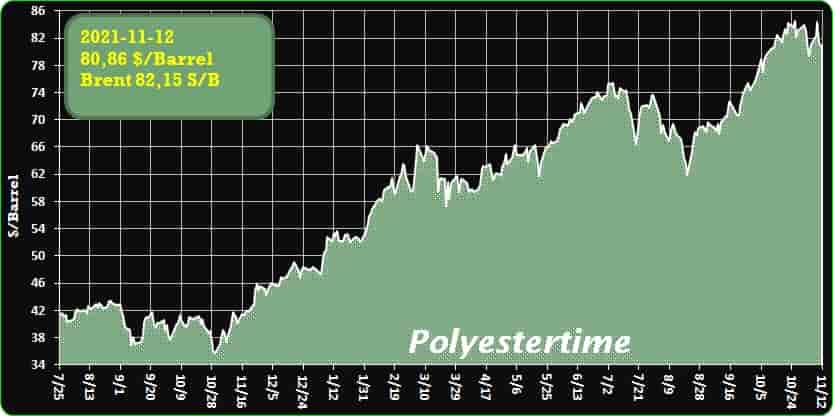
-Total Corbion PLA to supply Luminy PLA to Danimer Scientific
Strategic collaboration will support long-term growth of biopolymer production
In a statement released earlier today, bioplastics companies Danimer Scientific, Inc. and Total Corbion PLA announced they had entered into a long-term strategic supply agreement under which Total Corbion will supply its Luminy PLA to Danimer.
Danimer manufactures a range of bioplastic formulations and resins, among which its Nodax PHA, a bio-based, biodegradable polyester produced through microbial fermentation offering highly tuneable physical and mechanical properties. The company also creates combinations of PHA and PLA through a proprietary reactive-extrusion process. These blends can be customised to meet a broad range of technical characteristics for specific applications, allowing the use of its materials to be further expanded across a number of different industries.
The present agreement with Total Corbion will secure the company’s PLA supply, enabling it to meet customer needs for resins that require a blend of PLA- and PHA-based inputs.
As Stephen E. Croskrey, Chairman and CEO of Danimer, phrased it, “While growing commercial production of PHA remains the focus of our business, PLA is a part of some compounds that we formulate to meet specific customers’ functionality needs for different applications. Teaming with Total Corbion PLA provides an ideal solution to support our long-term growth strategy while ensuring our short-term customer needs remain fulfilled.”
Blending PHA with PLA, which is also a biopolyester, not only enhances the price competitiveness of the former, it can boost the biodegradability of the latter and improve the performance properties of both materials, opening up the potential for new and better products.
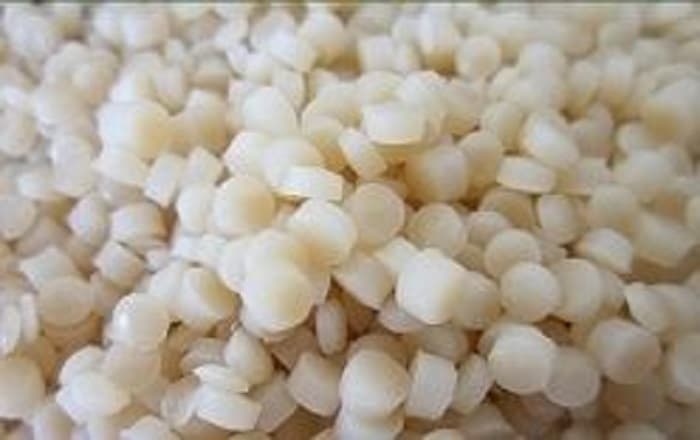
-Lanxess : Performance Materials business unit to become legally independent
New structure for best possible growth opportunities in the high-performance plastics business
LANXESS’ High Performance Materials business unit is one of the leading suppliers of high-performance plastics, which are used primarily in the automotive, electrical and electronics industries.
Specialty chemicals company LANXESS will transfer its High Performance Materials (HPM) business unit to an independent legal corporate structure.
HPM is one of the leading suppliers of high-performance plastics. The materials are used primarily in the automotive, electrical and electronics industries. Electromobility in particular is a promising field of application for the LANXESS plastics, which are used predominantly for car bodies, battery housings and charging infrastructure.
“The global market for new forms of mobility is developing very dynamically and is strategically rearranging itself – creating many innovative alliances and partnerships. In order to get the most out of the growth opportunities in this market and to be able to act flexibly, we will create a separate legal structure for the business unit,” said Hubert Fink, member of the Board of Management of LANXESS AG. LANXESS will begin implementation in the first half of 2022.
The portfolio of the HPM business unit includes the engineering plastics polyamide and polybutylene terephthalate, as well as thermoplastic fiber composites. The business unit is characterized by the high backward integration of its production processes.
The business unit employs around 1,900 people at 14 sites worldwide. Sales are in the low single-digit billion euro range. Film PLA Biofuel Waste
ABOUT LANXESS
LANXESS is a leading specialty chemicals company with sales of EUR 6.1 billion in 2020. The company currently has about 14,900 employees in 33 countries. The core business of LANXESS is the development, manufacturing and marketing of chemical intermediates, additives, specialty chemicals and plastics. LANXESS is listed in the leading sustainability indices Dow Jones Sustainability Index (DJSI World and Europe) and FTSE4Good.
LANXESS’ High Performance Materials business unit to become legally independent
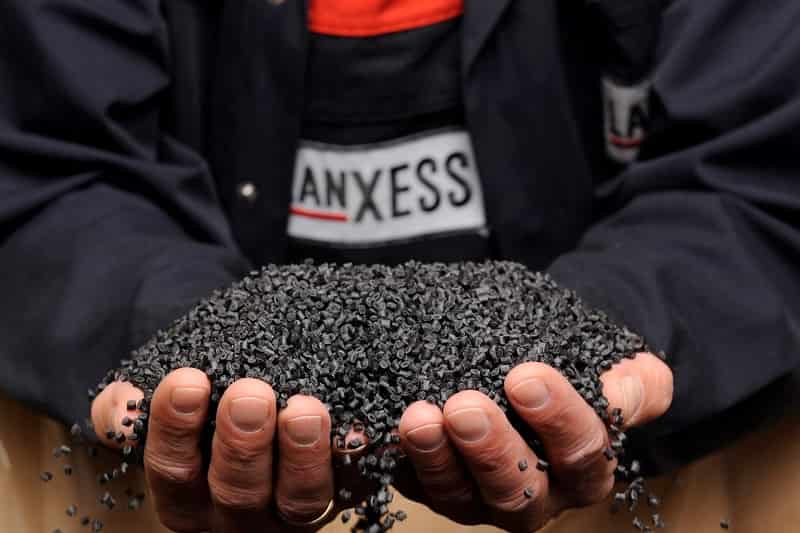
-Tomra : Mixed Waste Sorting changing the game at Ivar Iks in Norway
TOMRA and a Norwegian waste sorting plant have demonstrated that mixed waste sorting prior to disposal is a superior solution to separate collection. Since it stopped the separate collection for plastics in its region and unleashed the power of mixed waste sorting, the facility increased recovery rates from 28% to 82% and achieved recycling rates of 56,4%, thus meeting the EU’s 2025 recycling targets ahead of time. Today, IVAR ranks first in processing MSW by volume.
Situated in Forus, between the cities of Stavanger and Sandnes in the southwest of Norway, IVAR manages all residues and waste collection from 10 municipalities with an approximate population of 325.000. With its advanced municipal solid waste sorting plant, it recovers high volumes of recyclable materials before incineration, reducing CO2 emissions and the global dependency on virgin material by supplying high-quality recycled content for new products and packaging.
When local and international recycling targets became increasingly stringent, IVAR recognized the need to improve its waste management methods and decided to more closely examine the hidden potential of its region’s household waste. With the goal of finding the most effective and environmentally friendly approach to waste management, the company sought the advice of TOMRA. To identify the opportunities in mixed waste sorting and assess its performance potential, the plant sent MSW samples from the region to TOMRA’s test facility in Germany. There, these materials underwent extensive tests on the company’s sorting machines. Test analysis showed that, whereas paper recovery from MSW streams performed reasonably well, plastics recovery offered room for improvement. Test analysis unveiled the household waste contained high amounts of plastic recyclables, even though they were meant to be disposed of separately. The team considered the analysis as a clear call for concrete, future-oriented action.
Embracing new opportunities
Based on the analysis and the still untouched possibilities in MSW sorting, a new business case was developed. The result: the construction of a new fully automated mixed waste sorting plant consisting of new facilities for plastics reprocessing and paper sorting, as well as the elimination of the separate plastics collection in that region. Previously collected separately, plastics are now also disposed of in the grey bin and recovered in the new facility. As a consequence, only the plant’s residues are transported to the waste to energy plant and used for the production of electricity and energy for remote heating systems. In short, the materials discarded by the municipality are turned into value again in the most optimal way. Film PLA Biofuel Waste
In late 2014, the plant building project began with Sutco Recycling Technik, chosen as a plant supplier for IVAR’s combined residual waste and paper sorting plant. Sutco, in turn, selected TOMRA Recycling as project partner for sorting equipment. The new facility started operation in January 2019. Since then, 22 of TOMRA’s state-of-the-art AUTOSORT® sorting units have efficiently and effectively sorted plastics (PET, PS, LDPE, HDPE, PP) and paper (mixed paper, cardboard, beverage cartons) out of the residual waste (grey bins) collected curbside. In addition, metals (aluminum, steel) are recovered from the residual waste.
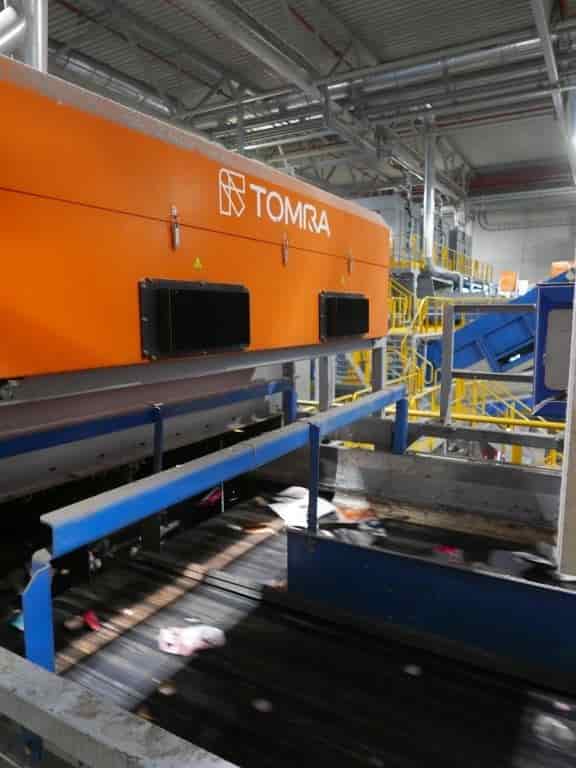
-International Fibres Group Announces Price Increases
Base fiber prices to increase starting January 2022
International Fibres Group (IFG) has announced its base fiber prices will be increasing from January 2022.
The industry has been faced with numerous price increases in recent months for a wide variety of products and services. Heading to the end of 2021, IFG is again warned about multiple price adjustments by its suppliers and for various reasons.
These price increases are a consequence of the continuing global instability caused by Covid-19. The impact of this has been felt across IFG’s main supplier base from polymers and additives, through to logistics and energy. These shortages and increased costs within the supply chain are not only present in our industry but pose difficulties for businesses worldwide.
Moving into 2022, industry base-contract prices for polymers and additives will increase significantly following on from the substantial rises in energy costs seen in recent weeks. As a result, IFG’s base fiber prices will be increasing to partly incorporate these rising costs.
This is completely unavoidable, and the company is simply unable to absorb all of the impact and maintain its high standards of product quality, flexible service and continuing innovation to the market.
To give its customers the best possible confidence in supply through these continuingly turbulent times, IFG remains committed to providing the highest quality products using secure and contracted volumes of first-class raw materials, giving its clients and the supply chain peace of mind.

-Colines launches cast MOPE film
Due to a collaboration between Colines, Dow and Comexi, the production of Mono Oriented PE film (MOPE) with cast technology has been achieved. The three companies have set a new benchmark for the market, by producing a very high-level 30micron MOPE with unique and specific mechanical and optical features.
The film was made with DOW PE-based resins and extruded on the latest generation of Colines Polycast line, equipped with patented MDO system. The film was subsequently printed with a high-quality solvent-free Comexi Offset CI press.
Nicola Lombardini, Colines’ R&D Manager, said: “Mono oriented PE film is commonly produced with blown extrusion technology, but the extruded film has some limits. For instance, the blown MOPE film doesn’t have good haze and gloss, which is something easily achieved with cast extrusion technology.
In addition, the possibility to have one side of the film with good sealability is another enormous advantage of cast technology. Of course, this opens a huge market for cast MOPE film, since it would be able to replace some existing products like BOPET, guaranteeing both higher recyclability and extreme down-gauging.”
Colines’ CEO Anthony Michael Caprioli added: “We have achieved something extremely innovative, and we will soon make further steps forward thanks to our brand new Polycast R&D line. Film PLA Biofuel Waste
The line is perfectly optimised for processing PE resins and equipped with our latest MDO unit. We have scheduled further tests with Dow and Comexi and we are also available for running tests with our customers.”
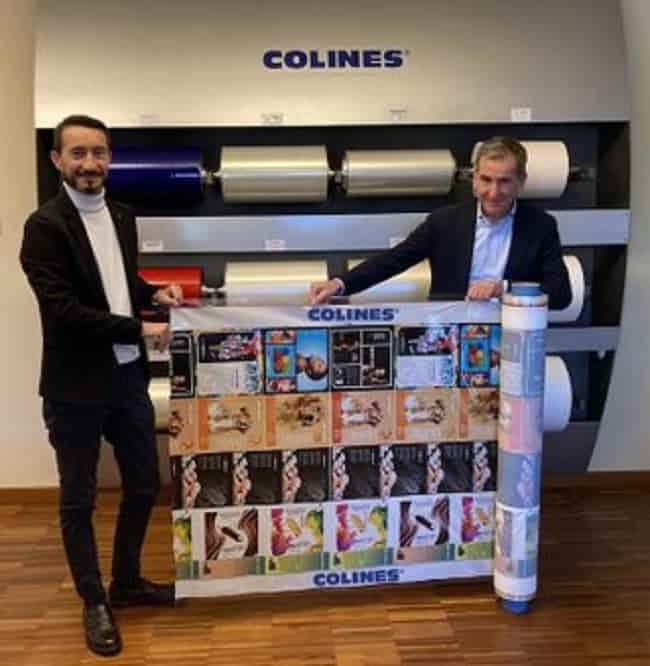
-China to lose GSP status of EU, 5 other nations starting Dec 1
Thirty two countries will no longer offer preferential tariff treatment to China beginning December 1, according to the General Administration of Customs of China (GACC), which recently, in a statement, applauded the move as the country is ‘graduating’ from the generalised system of preferences programme and is ’sort of’ moving towards becoming a mature economy.
Starting December 1, 27 European Union (EU) nations, the United Kingdom, Canada, Turkey, Ukraine and Liechtenstein will no longer grant China this treatment, leaving the nation eligible for GSP trade benefits from only three countries—Norway, New Zealand and Australia. Film PLA Biofuel Waste
The decision is “a recognition from other advanced economies that China does not belong to the bracket of low-income and lower-middle-income countries anymore and that Chinese products are competitive enough in the market that (they need) no protections,” the statement said.
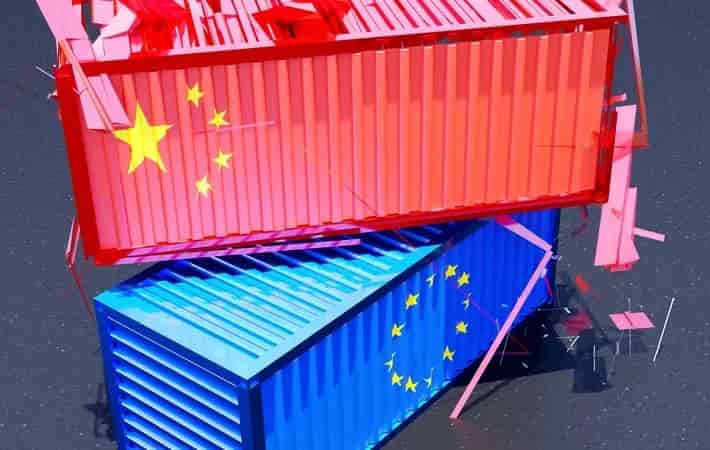
-Plastic is harming our body’s cells. Here’s how
Plastic is found in almost every product you buy, and it causes damage to your body.
A new study has found for the first time that tiny plastic particles found in water and air affect the function of our body’s cells and might damage them. Here are all the details.
On November 1, a tax on disposable plastic products started to be enforced in Israel in order to reduce the amount of plastic products that arrive at record speed from the store to the home and then the landfill.
Beyond the waste generated when these products pollute the environment in massive quantities, the plates, cups and plastic cutlery thrown in the trash can break up into microplastics – tiny plastic particles, found almost everywhere scientists have searched, from the depths of the oceans to snowy mountain peaks, from milk to beer and mineral water.
Plastics can never completely decompose.
Until now, the scientific world was divided on the question of whether microplastic particles have a detrimental effect on people.
Now, a new study from Spain shows for the first time that microplastic particles tend to stick to the cell membranes that compose our bodies, and that they can cause problems in the proper functioning of the cell. Film PLA Biofuel Waste
To what extent should this news worry us? And what can we do about it?
Since the start of the mass use of plastic in the middle of the 20th century, the amount of plastic produced each year has only increased (with a slight decrease of 0.3 percent in 2020 due to the corona epidemic), and in 2019 over 360 million tons of plastic were produced. This is approximately equal to the weight of the total population of the world.
“Contrary to popular belief, plastic does break down in nature, but it breaks down into smaller particles, micrometers (millionths of a meter) and nanometers (billionths of a meter), in a process that can take hundreds of years,” explained Dr. Ines Zucker, head of the Nanotechnology Laboratory at Tel Aviv University.
This microplastic is joined by plastic particles that are pre-produced as a few micrometers in size, such as plastic beads that are found in various cosmetic products.
“The smaller the plastic, the easier it is to get through barriers in our body,” Zucker explained. “Studies have shown that microplastics can cross barriers in the digestive tract and enter the bloodstream. It should be noted that the extent of the danger is still unclear: Some studies claim that it’s very harmful to humans, while others state that it doesn’t cause significant damage.”
The new study examined the interaction between microplastics in sizes of 0.8-10 micrometers and the cell membrane that encloses our body’s cells. In the first phase, researchers used a computer model to test the effect that microplastic particles would have on the cell membrane and the biological material in it. They found that each particle leads to an increase in the physical stress of the membrane.
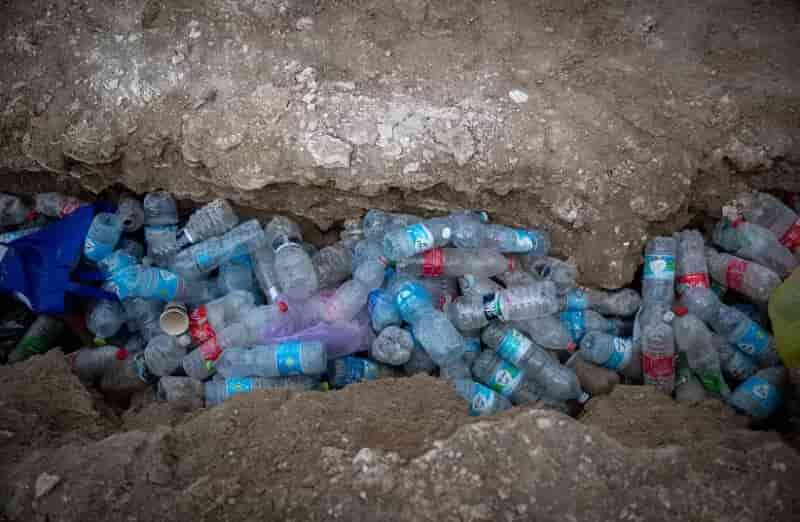
-Cleantech: Honeywell Technology enables Jet flights with sustainable aviation fuel
The commercial flights were the first use of the new ASTM D7566 Annex 7 standard for fuel used in commercial jet engines, and were carried out by Japan Airlines on an Airbus A350-900, and All Nippon Airways on a Boeing 787-8.
Honeywell announced today its UOP Ecofining™ technology supported the world’s first jet flights using sustainable aviation fuel (SAF) produced from algal oil.
Two commercial flights, which were recently completed in Japan, used a blend containing renewable jet fuel created from microalgae feedstock using the Ecofining process.
The commercial flights were the first use of the new ASTM D7566 Annex 7 standard for fuel used in commercial jet engines, and were carried out by Japan Airlines on an Airbus A350-900, and All Nippon Airways on a Boeing 787-8.
The microalgae oil feed was produced by the Japanese-based IHI Corporation, which approached UOP with the novel algal oil for production of renewable jet fuel through the use of UOP Ecofining, the first technology used for commercial production of SAF. Honeywell helped pioneer SAF production with its UOP Ecofining process, which has been used to produce SAF commercially since 2016.
Following a rigorous testing process , the SAF produced by the UOP’s Ecofining™ technology from the algal oil at UOP facilities in McCook, Ill received regulatory approval from ASTM to meet jet fuel standard D7566 Annex 7.
Fuel that conforms to the ASTM D7566 Annex 7 standard has the same material properties as existing jet fuel (kerosene), and even if it is mixed with existing fuel, it does not require modification of existing infrastructure or aircraft materials such as engines or fuel supply facilities. As a drop in-fuel, it can be used in the operation of commercial aircraft around the world as well as in Japan.
“We began working on this next-generation technology to reduce CO2 emissions related to air transportation, and chose to work with Honeywell UOP with its proven track record with Ecofining technology,” said Tomoo Mizuno, Associated Director and Head of Algae based Bio-fuel Group, of IHI Corporation. “After the successful large-scale culturing of microalgae to produce the algal oil and testing in Thailand, we worked with UOP to develop batches of the fuel in the U.S.”
The UOP Ecofining process remains the only commercially demonstrated process for 100% production of SAF in the world. Honeywell Green Jet Fuel™ produced by this process is blended seamlessly with petroleum-based jet fuel at commercial scale. When used in up to a 50% blend with petroleum-based jet fuel, Honeywell Green Jet Fuel requires no changes to aircraft technology and meets all critical specifications for flight.
“Expanding the feedstock base into algal-based fuels is an important step in producing SAF,” said Ben Owens, vice president and general manager, Honeywell Sustainable Technology Solutions. “The UOP Ecofining process has proven to be suitable for many types of renewable feeds including algal oil. We look forward to working with IHI on expanding algal fuels to the entire industry.”

Film PLA Biofuel Waste
